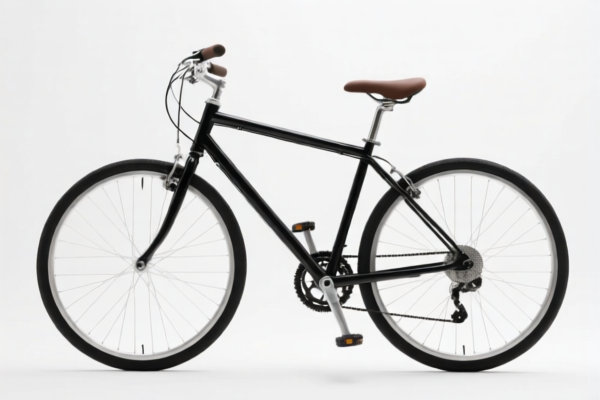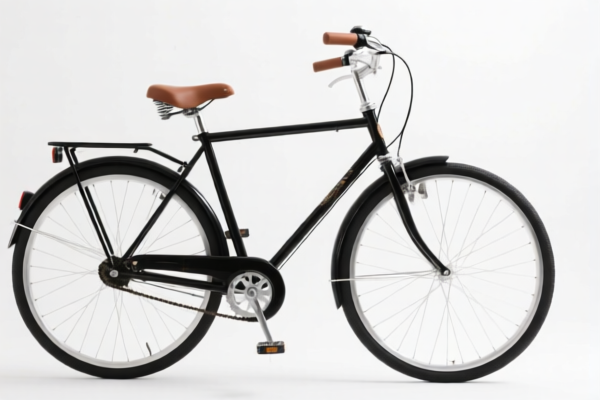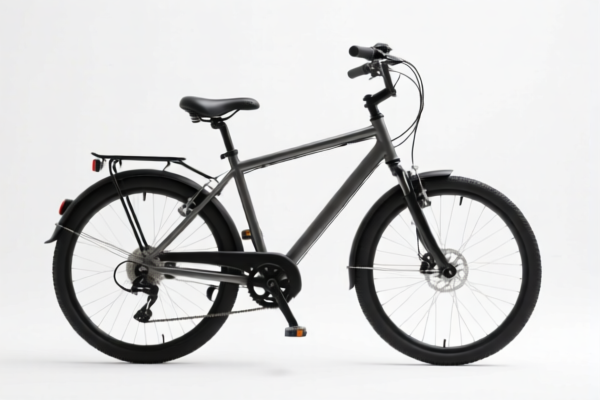| HS Code | Official Doc | Tariff Rate | Origin | Destination | Effective Date |
|---|---|---|---|---|---|
| 8712004800 | Doc | 66.0% | CN | US | 2025-05-12 |
| 8712005000 | Doc | 3.7% <u></u>+55.0% | CN | US | 2025-05-12 |
| 8714991000 | Doc | 37.5% | CN | US | 2025-05-12 |
| 7326902500 | Doc | 80.0% | CN | US | 2025-05-12 |
| 7326908676 | Doc | 82.9% | CN | US | 2025-05-12 |




Bicycle Handle
A bicycle handle, also known as handlebars, is a steering and control component of a bicycle, providing the rider with leverage to steer and control the vehicle. They also serve as mounting points for various control levers, accessories, and sometimes even lights.
Material
Bicycle handles are constructed from a variety of materials, each offering different properties in terms of weight, strength, flexibility, and cost:
- Steel: Historically common, steel handlebars are durable and inexpensive, but heavier than other options.
- Aluminum Alloy: The most prevalent material today, offering a good balance of strength, weight, and cost. Different alloys (e.g., 6061, 7075) provide varying levels of performance.
- Carbon Fiber: Lightweight and stiff, carbon fiber handlebars are used in high-performance bicycles, offering improved vibration damping and responsiveness. They are generally more expensive and can be more susceptible to damage from impacts.
- Titanium: Offers an excellent strength-to-weight ratio and corrosion resistance, but is the most expensive material.
Purpose & Function
- Steering: The primary function is to allow the rider to steer the bicycle by turning the front wheel.
- Control: Provide mounting points for brake levers, shifters, and other control mechanisms.
- Body Position: Influence the rider’s posture and comfort. Different handlebar shapes promote various riding styles.
- Weight Distribution: Contribute to the bicycle's overall balance and handling characteristics.
Usage Scenarios & Types
Handlebar design varies significantly based on the intended riding discipline:
- Flat Bars:
- Usage: Commonly found on mountain bikes, hybrid bikes, and some city bikes.
- Characteristics: Straight or slightly curved, providing a more upright riding position and direct control.
- Riser Bars:
- Usage: Mountain bikes, BMX bikes.
- Characteristics: Curve upwards significantly, offering increased leverage and control for aggressive riding.
- Drop Bars:
- Usage: Road bikes, gravel bikes, cyclocross bikes.
- Characteristics: Curve downwards, offering multiple hand positions for comfort and aerodynamics. Allow for a more aggressive, forward-leaning riding position. Variations include compact, aero, and traditional shapes.
- Bullhorn Bars:
- Usage: Track bikes, some aggressive city bikes.
- Characteristics: Curve upwards and inwards, offering an aerodynamic position and direct control.
- Mustache Bars:
- Usage: Cruiser bikes, some city bikes.
- Characteristics: Wide, swept-back bars offering a relaxed, upright riding position.
- Ape Hanger Bars:
- Usage: Chopper-style bikes, some custom cruisers.
- Characteristics: Very tall, curved bars offering a distinctive look and relaxed riding position.
- Touring Bars:
- Usage: Touring bikes, long-distance cycling.
- Characteristics: Wide, ergonomic bars offering multiple hand positions for comfort on long rides.
Common Components & Accessories
- Grips/Bar Tape: Provide cushioning and grip for the rider’s hands.
- Stem: Connects the handlebars to the steerer tube of the fork.
- End Caps: Cover the ends of the handlebars.
- Bar Bags: Attach to the handlebars for carrying small items.
- Lights: Can be mounted directly to the handlebars.
- Computer/GPS Mounts: Attach to the handlebars to hold cycling computers and GPS devices.
Bicycle handles can fall under several HS code classifications depending on the specific type and material. Here are the relevant HS codes based on the provided information:
-
8712.00.48.00: This HS code covers “Other bicycles”. The tax rate details are: a base tariff of 11.0%, an additional tariff of 25.0%, and an additional tariff of 30.0% after April 2, 2025, resulting in a total tariff of 66.0%. This code applies to complete bicycles, and if the handle is considered an integral part of the bicycle, it may fall under this classification.
-
8714.99.10.00: This HS code covers “Parts and accessories of vehicles of headings 8711 to 8713: Other: Other: Click twist grips and click stick levers”. The tax rate details are: a base tariff of 0.0%, an additional tariff of 7.5%, and an additional tariff of 30.0% after April 2, 2025, resulting in a total tariff of 37.5%. This code specifically applies to click twist grips and click stick levers used as bicycle parts.
-
7326.90.86.76: This HS code covers “Other articles of iron or steel: Other: Other: Other Metal handles for brooms, mops, paint applicators and similar products”. The tax rate details are: a base tariff of 2.9%, an additional tariff of 25.0%, and an additional tariff of 30.0% after April 2, 2025, resulting in a total tariff of 82.9%. While primarily for other products, metal bicycle handles could potentially fall under this classification.
Regarding HS code 7326.90.86.76, please note the need to verify the material (steel) and the additional tariff of 25% applies to steel and aluminum products.
Customer Reviews
No reviews yet.